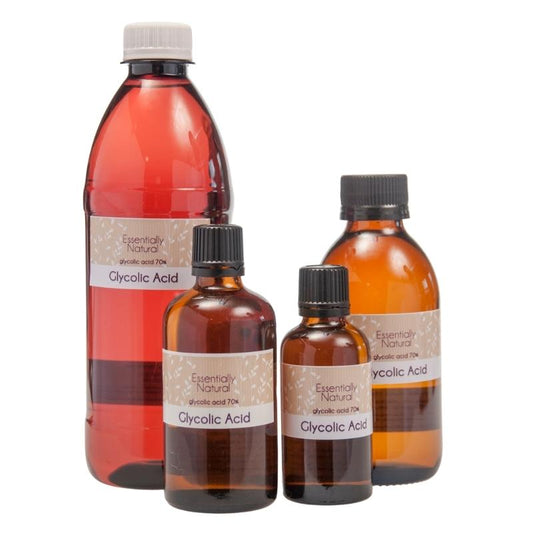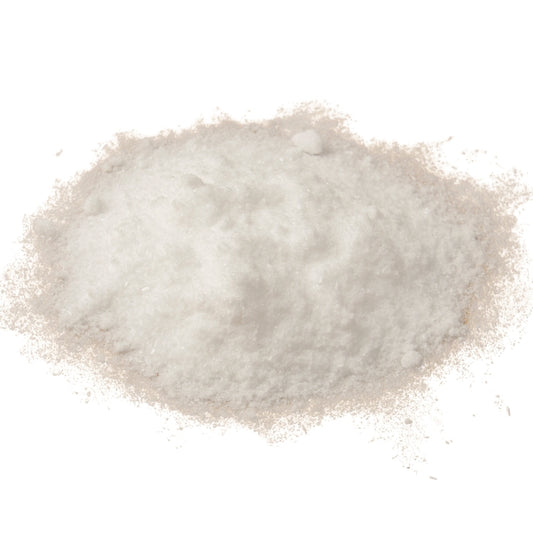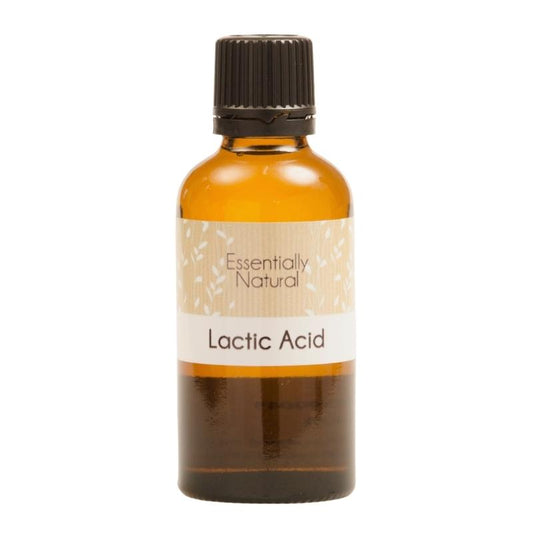
Ready-to-Glow Facial Peels
Juliette van der MeerImagine waking up to a fresh, glowing complexion that feels as soft as a baby's skin-sounds dreamy, right? That's the magic of a gentle facial peel!
Many of us struggle with dull, tired-looking skin, clogged pores, and stubborn dark spots.
What is the Difference between A Peel and a Toner?
We've shared a few recipes for serums containing acids, which are chemical peeling agents. However, serums and peels are not the same:
- Serums tone and moisturise the skin.
- Peels exfoliate the top layers of the skin.
Peels work wonders by delicately removing dead skin cells and stimulating new cell growth. This process helps treat dull, tired-looking skin, clogged pores and stubborn dark spots. It also enhances the absorption of your favourite skincare products, maximising their effectiveness.
At Home Peels
If you've ever had a skin peeling treatment done, the dermatologist will have explained the strength of the peel to you, and it will likely have been in the 20-70% acid content range. However, for home use, we don't recommend going above 15-20% acid content or you could damage your skin. The recipes we've included below are all 10%.
What if I have Sensitive Skin?
If you have very sensitive skin, please consider reducing the acid amount even further to 5% or foregoing a peel altogether. If you go ahead with an at-home peel, be sure to have some baking soda in water solution ready in case you need to neutralise any allergic reaction. Experiencing a little redness, warmth or tingling during and post-treatment is normal though.
What Should the pH of The Peel Be?
As always, the pH of a product is vitally important.
- At pH 2, all of the acids will be available to work on your skin, but this also makes it harsher.
- Raising the pH of the product makes it milder, as it reduces the availability of the acid (called free acid).
- We recommend raising the pH of your peels to at least 3 so you get a gentler peel.
You will likely not experience too much skin peeling post-treatment. These are at-home peels and not designed as intense professional peels. Real skin peeling is caused by high-strength peels that penetrate the skin to a few layers deep, and these should be done under the supervision of a professional. But that doesn't mean at-home peels don't work!
The Acids
Chemical peels make use of classes of acids called Alpha and Beta Hydroxy Acids (shortened to AHAs and BHAs). Here are a couple of them:
Glycolic acid
Glycolic acid has the smallest molecular size of all the alpha hydroxy acids, allowing it to penetrate the skin more deeply than the rest. It is excellent for hyperpigmentation, acne scars and fine lines, increases collagen production, and improves skin texture.
Lactic acid
Lactic acid is good for dry skin in low concentrations as it is used as a humectant. It can help improve hyperpigmentation and can help stimulate collagen and strengthen the skin, which equals fewer fine lines and wrinkles. Lactic acid tends to be less irritating than other acids.
Malic acid
Malic acid is one of the larger molecules in the alpha hydroxy acid family. Because of its larger molecular size, it can't penetrate the skin as deeply, making it gentler. It acts as a skin exfoliant, removing dead cells, encouraging cell turnover, brightening skin and helping to keep pores unclogged.
Citric acid
Citric acid is also a large molecule, making it one of the more gentle and safe acids. Recent research has found it to be particularly effective in skincare, even more so than glycolic acid.
A 10% citric acid solution can be used once a week to good effect.
Ascorbic acid
Ascorbic acid or Vitamin C is very bioavailable, and excellent for brightening and reducing signs of aging in the skin. However, it oxidises fast so only make it up as you need it.
Salicylic acid, the Beta Hydroxy Acid
Salicylic acid is a powerful anti-bacterial and anti-inflammatory agent used in skincare to combat acne and provide exfoliation, and in hair care to combat dandruff. It reduces sebum production, dissolves skin debris that clogs pores and causes acne, and breaks desmosomes apart to allow new cell growth. It is great for oily skin types.
A 2% salicylic acid solution is usually quite sufficient, as it tends to be a little irritating and drying in higher concentrations.
How To Use A Peel At Home
- First, prepare your skin by washing your face and removing any makeup. You may even apply a cotton pad of alcohol or witch hazel to remove oil from your skin; this allows the acids uninhibited access to your skin.
- If you have any open wounds on your skin, please avoid applying the peel to the area. You can cover the area with an oil or vaseline so that the peel can't penetrate.
- Have your peel treatment ready-made and get a fan brush to gently apply the peel to your skin:
If you have sensitive skin or have never done a peel before, start small to allow your skin time to adjust.
Start on a 5% acid solution for 30 seconds-1 minute and increase this by increments weekly, working your way up to 5-minute leave-on times. If your skin is fine with this and you feel like doing a little higher strength peel then increase to 10%, 15% and so on, also doing the weekly time increments.
After your leave-on time is up, neutralise the peel with a baking soda solution. Baking soda is alkaline and will cancel out or neutralise the acid. You can make a baking soda solution with 10% baking soda and 90% water. Apply on top of the peel once your leave-on time is up, and let it neutralise for 1 minute, then rinse your face well with water.
What to do After Peel?
Avoid retinoids as well as other products containing more acids. Apply gentle and soothing serums, hyaluronic acid, and moisturise well. Wear sunscreen and avoid tanning or too much sun exposure on your freshly peeled skin.



















6 comments
Hi
I tried the 10% Citric Acid Peel. worked fine but when i added the Baking Soda solution it burned the living daylight out of me (as in immediately) so i washed it off immediately as well.
Why did it burn when i added the baking soda?
regards